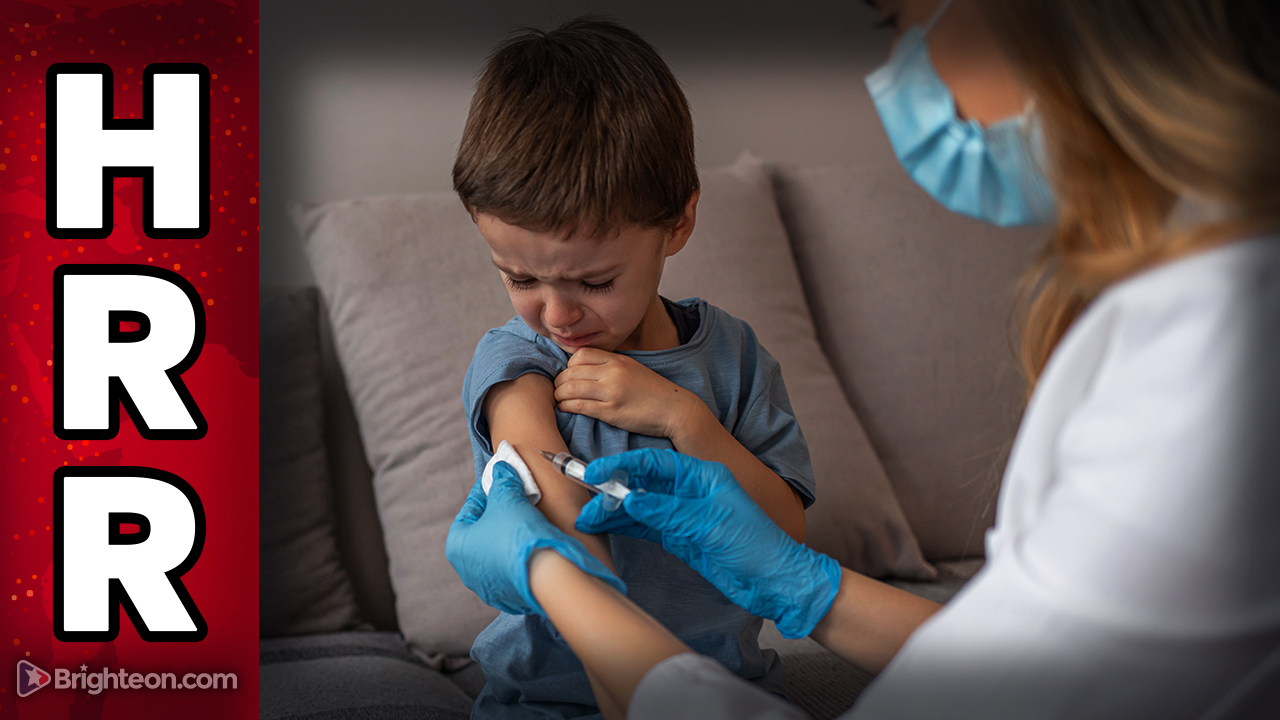You Need This: A Holistic Dentist’s 5-Step Routine For Perfect Oral Hygiene
11/29/2016 / By holisticdentistry

“The part can never be well unless the whole is well.” Plato
Article by Dr. Karla Solis
Like the rest of our body, our teeth and oral health systems are a living, changing environment. That is, by just treating from the outside alone (brushing and flossing), you won’t fix any of your oral problems unless you address the inside too. Optimal oral health comes with supporting the body and mouth from the inside and outside at the same time.
Once you start on this 5-step plan, you’ll be amazed to see the changes start taking place in your own mouth! Your teeth may get whiter, your gum puffiness may go away, and your dentist (that’s me!) may even tell you you’re cavity and plaque-free!
Here, my step-by-step guide to your best and healthiest smile ever.
1. Tongue scraping.
As the function of the bacteria in the mouth becomes more understood, ancient techniques to support oral hygiene are becoming more popular. One practice backed by numerous studies is called tongue scraping (Jihwa Prakshalana). It reduces undesirable bacteria which helps in decreasing the likelihood of dental decay and oral disease. It also reduces volatile sulfur compounds (VSC) which are linked to halitosis (bad breath). Lastly, by stimulating the taste buds with tongue scraping, the tongue is better able to perceive tastes and properly aid in digestion—if you constantly have a white coating, then consider oral chewable probiotics to control yeast imbalance.
Research on oral probiotics has increased exponentially. A number of well-controlled studies indicate that a probiotic formula containing Lactobacilli is the most beneficial to suppress candida growth. Taken as directed, these strains should populate your mouth within just a few days so the good guys can get to work keeping out harmful bugs. Taking them just before going to sleep allows the probiotics to work all night on your behalf, without interference from food or drink—try Replenish the Good which contains strains of good oral bacteria.

2. Oil pulling.
This is yet another Ayurvedic practice. The procedure involves rinsing (swishing) 1 tablespoon of oil around in your mouth. In order for the therapeutic effect to kick in, a person must swish with the oil for 15-20 minutes each time. The oil “pulls” the bad bugs from under your gums and in between your teeth as though they are being drawn to a powerful magnet. Do not gargle or swallow. And make sure you spit in a trashcan, otherwise spitting in the sink will clog your plumbing.
In my office I carry Skinny & Co. Pulling Peppermint Coconut Oil. After my cleanings I have patients rinse for 2 minutes so they could experience what oil pulling is like. I like Skinny & Co. because it is specifically made for oil pulling and is pH balanced for the mouth.
3. Rinse with warm water & sea salt (no aluminum or contaminants).
Salt water rinses are good because they alkalinize the mouth and the alkalinity helps kill the acid-producing bacteria which cause dental disease and tooth decay. If a patient cannot stomach oil pulling this is a good alternative, and as it also reduces inflammation and promotes a good oral pH, the result will be a healthier mouth. Adding a few drops of essential oils like clove or mint (to the salt water) helps with freshening breath too.
I also recommend rinsing with a little diluted 35% food grade hydrogen peroxide. Dilute it about 50% with water. It’s inexpensive and very effective. I like to have patients stay away from alcohol based rinses because they are really harsh with chemicals which can be irritating to the gums and dehydrating for teeth—in some patients it can cause hypersensitivity.
4. Flossing.
When it comes to flossing, I am on the fence. It works great when you do it properly and along with the other recommended steps for maintaining good oral health. However, I don’t believe flossing alone can help prevent periodontal disease. I do notice a lot of patients don’t know the proper way of flossing and even when I try to teach them in the chair, they tend to just insert the floss up and down instead of hugging the tooth with it. Or we find that patients don’t like to floss, so we advocate using a Waterpik—it’s an oral irrigator, more effective and fun to use.
5. Brushing
Brush twice a day at a 45-degree angle, using a soft-bristle brush to help decrease gum swelling. Choose toothpastes free of fluoride and sodium lauryl sulfate. The Lancet included it in its list of neurotoxins (along with lead, arsenic, and more), and a 2012 Harvard University report found that kids in areas supplied by high-fluoride water have “significantly lower” IQs than those whose water has less fluoride. The American Dental Association still maintains that fluoride is safe and prevents tooth decay. I recommend more natural brands such as PerioPaste, Dr. Jaikaran’s Herbodent, and Deborah Organics Natural Clay Toothpaste.
Lastly, some supplements for periodontal support:
- DesBio Gum Therapy. ($26.28)
- Life Extension CoQ10. ($32.75)
- Solaray Vitamin C. ($19.70)
- “Natural” antibiotics such as garlic extract (Allicin) or Oil of Oregano.
For general oral health:
- Standard Process Bio-Dent—supports the body’s natural processes of growth, development, and repair of teeth.
- Standard Process Biost—promotes healthy bone and teeth.
Trace minerals:
Chronic mineral deficiency is common today because commercial agricultural practices have stripped minerals from the soil. I suggest taking a quality mineral supplement, such as Trace Minerals.
Read more at: mindbodygreen.com
Submit a correction >>
Tagged Under:
brushing, Flossing, oil pulling, Oral Higyene, Tongue Scrapping
This article may contain statements that reflect the opinion of the author





















